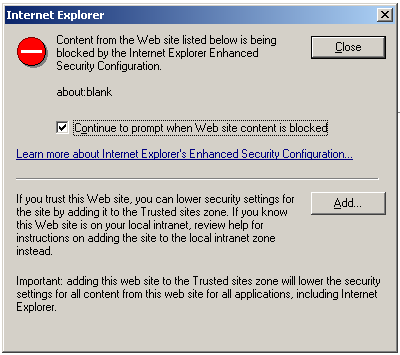
#How to update internet explorer in windows server keygen

You can do further reading & testing, but the thing that helped in our case was setting the system (winhttp) proxy with netsh command, so that it actually imports IE proxy settings.īasically, you need to run netsh winhttp import proxy source=ie (after you’ve set the right proxy settings through IE dialog, of course) or set your system proxy by using the netsh winhttp set proxy :8080 command.Īfter that, Windows Update starts working again! So, you’re (naturally) configuring new machines accordingly. Still a bit confused, you have a great idea to check system proxy settings by running netsh winhttp show proxy – on older machines you’ll probably see something like this (which is probably OK, because you’ve just seen the Proxy Settings in IE, which are set to correct values): It’s not networking, it’s not proxy settings… what could it be? You are checking the configuration of older machines by opening up Internet Explorer and double-checking proxy settings… and then you make sure that your new machines are having the same configuration – they have. You will soon realize that you have some “old” Windows Server 2012 R2 (or even Windows 10) machines, which are updating just fine… even through the “fancy proxy thing”. So, the next logical next step is to blame “those networking guys”, because updating your machine works fine, when not behind their “fancy proxy thing”. Of course, you have some sort of proxy on your network, and you start troubleshooting this issue by testing on a proxy-free network… and without proxy, Windows Update works just as it should! It just gets stuck on Checking for updates/Downloading updates… for days.

The dumbest thing… you are installing your brand new Windows Server 2016 machines and then you realize that Windows Update doesn’t work.


 0 kommentar(er)
0 kommentar(er)
